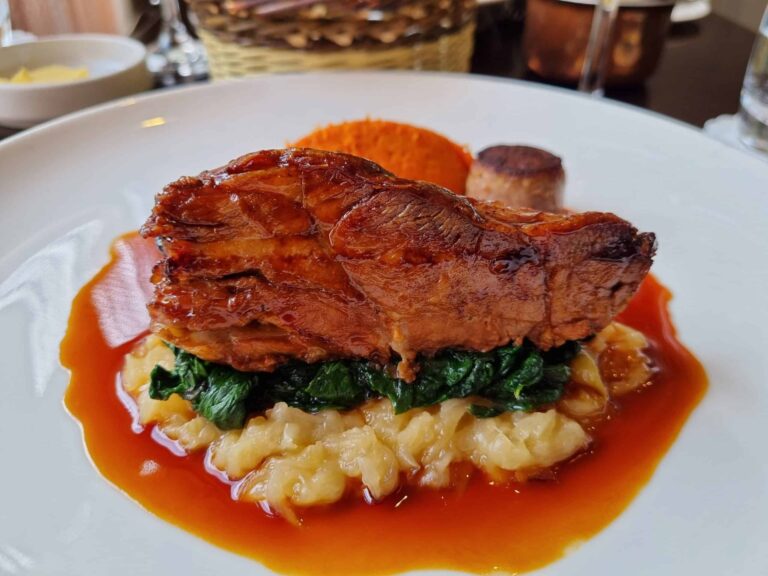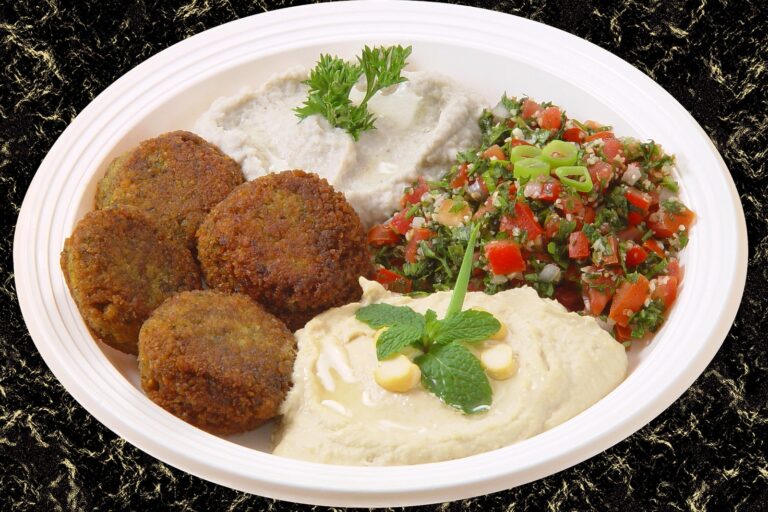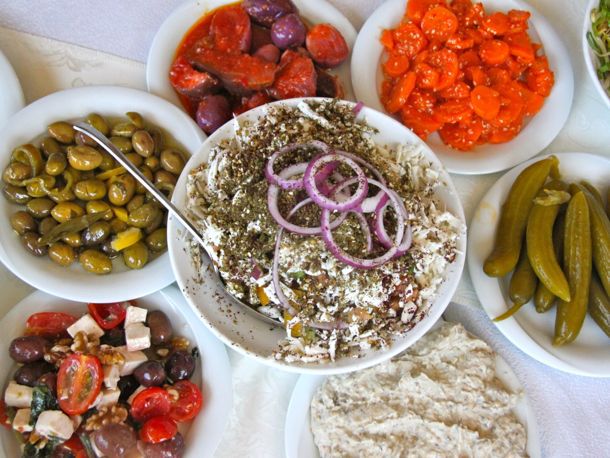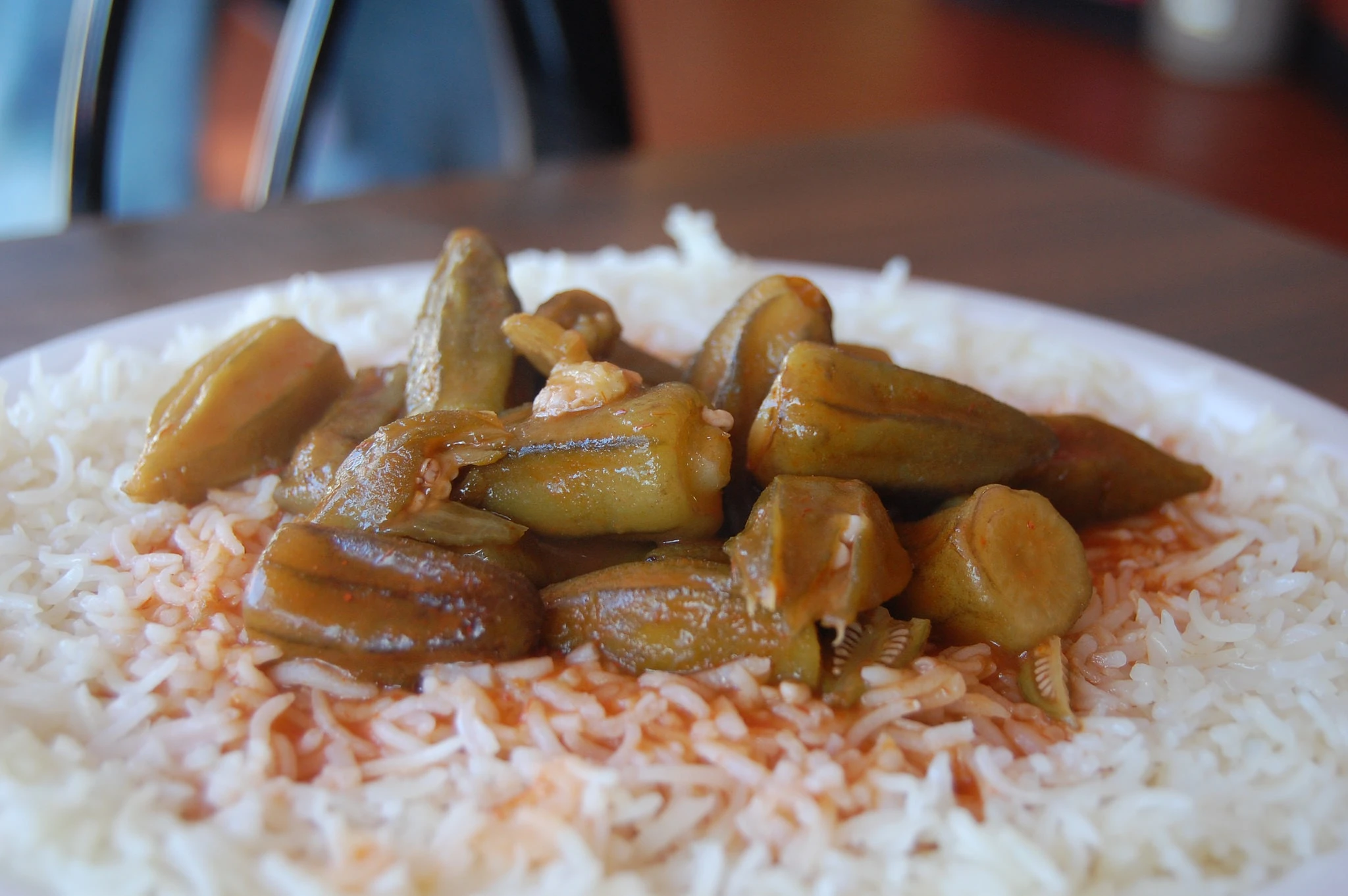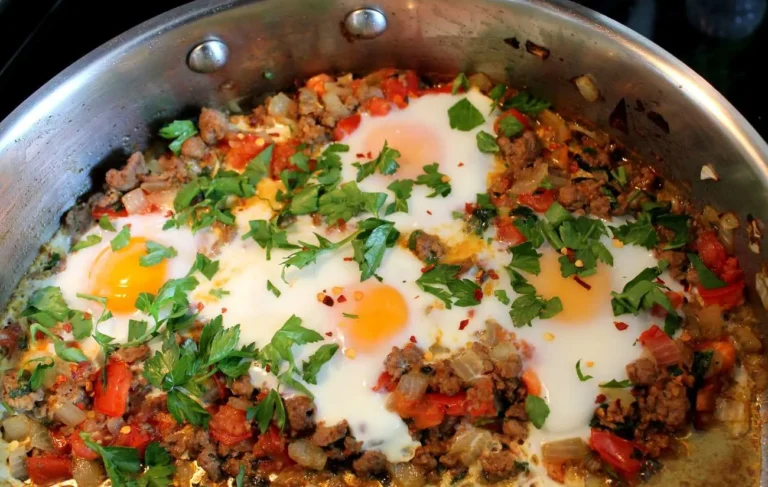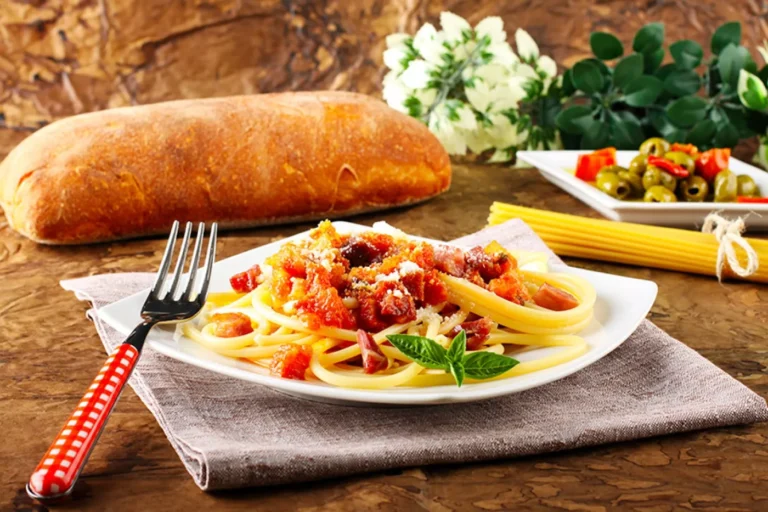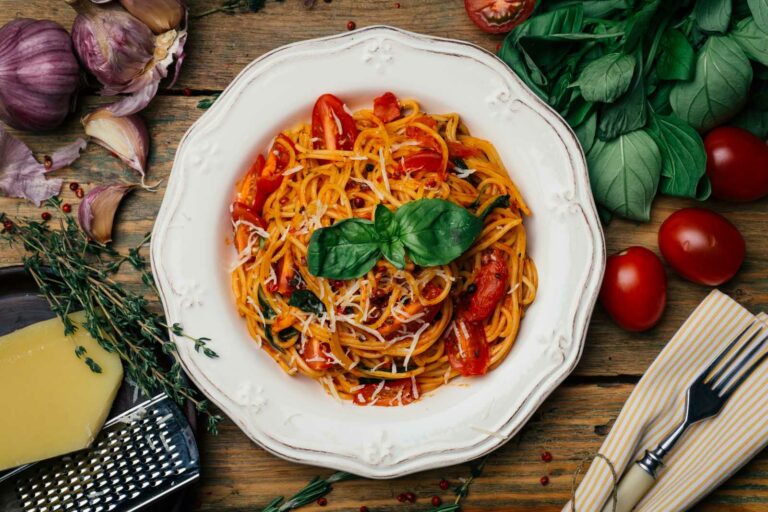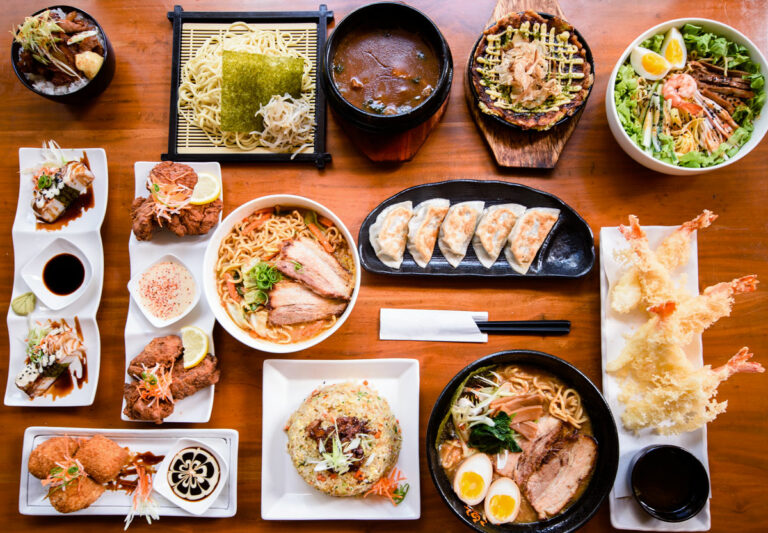Introduction: Exploring Irish regional cuisine
When people think of Irish cuisine, they often picture hearty stews, potatoes, and a pint of Guinness. But the island of Ireland has a rich culinary history, and there are many lesser-known regional dishes and ingredients to discover. From the misty hills of Connemara to the rugged coastline of Dingle, Ireland’s regional cuisines reflect the country’s unique geography and history.
Connemara Cabbage and Bacon
Connemara is a rugged region in western Ireland known for its wild landscapes and traditional way of life. One of the area’s most iconic dishes is Cabbage and Bacon. This simple yet delicious dish consists of boiled cabbage and rashers of bacon, served with a dollop of creamy butter. Locals often use a type of seaweed called dillisk to flavor the dish, adding a salty, umami taste.
Colcannon with Spring Onions
Colcannon is a traditional Irish dish made from mashed potatoes, cabbage or kale, and butter. But in some regions, locals add their own twist to this classic recipe. In the springtime, for example, many cooks in Ireland’s southeast region make Colcannon with Spring Onions. This dish swaps out the traditional cabbage for fresh spring onions, adding a delicate, oniony flavor to the creamy mashed potatoes.
Boxty, the Irish potato pancake
Boxty is a type of potato pancake that is popular in several regions of Ireland, including the northwest and midlands. The recipe varies from place to place, but it typically calls for grated potatoes, flour, and buttermilk. Some cooks add other ingredients, such as chives or grated carrots, to give the Boxty a little extra flavor. Boxty is usually served as a side dish, but it can also be filled with savory ingredients like bacon and cheese to make a more substantial meal.
Dingle Pie, a seafood delight
Dingle is a picturesque town on Ireland’s southwest coast, known for its rugged cliffs and thriving fishing industry. One of the town’s most famous dishes is Dingle Pie, a hearty seafood pie that is said to have originated in the local fishing community. The filling usually includes a mix of fresh seafood, such as cod, salmon, and mussels, in a creamy white sauce. The pie is then topped with buttery mashed potatoes and baked until golden brown.
Barmbrack, the traditional Irish tea bread
Barmbrack is a traditional Irish tea bread that is eaten throughout the country, but it has different regional variations. In some parts of Ireland, for example, Barmbrack is made with traditional dried fruit like raisins and sultanas. But in other regions, locals add more unusual ingredients like caraway seeds, candied peel, or whiskey. Barmbrack is often eaten at Halloween, when it is traditional to hide small objects inside the bread. Whoever finds a ring, a coin, or a thimble in their slice of Barmbrack is said to have good luck in the coming year.

